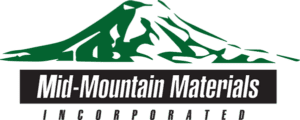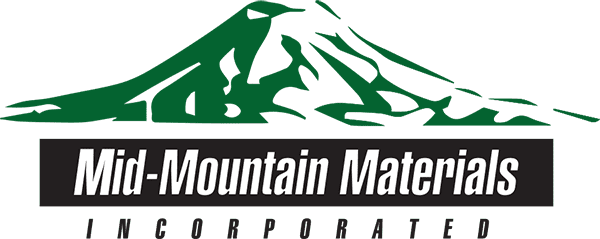In high-temperature applications, it is crucial to have adequate thermal insulation and fire-resistant materials. Fiberglass is one such material that can offer both of those properties and many others. Comprising glass fibers, silica sand, and plastic, fiberglass is a versatile material that can be knitted or woven into a wide range of forms that resist heat and prevent fire from spreading. Moving forward, we will look at what makes fiberglass so resistant and the applications it benefits.
WHAT IS FIBERGLASS?
Fiberglass is a form of fiberglass-reinforced plastic, made up of a mixture of minerals and chemicals such as silica sand and fine glass fibers that are used to enhance plastic polymer materials. Glass fibers, and therefore fiberglass, are extremely versatile and can be woven, flattened or formed into various shapes for use in textiles, blankets, and insulation. The raw materials must be measured precisely so that when mixed together and melted into glass, their properties are suitable for their intended purpose.
WHAT MAKES FIBERGLASS SO HEAT RESISTANT?
The properties of fiberglass are outstanding, which is why it is reliably used in high-temperature applications. The glass fibers used to make this product are woven into a design that traps pockets of air, and both glass and plastic polymers are fire-resistant materials. As a result, they offer high thermal insulation and tensile strength, among other properties.
Fiberglass can withstand high temperatures, with its average melting point being 540oC.. Another crucial property of fiberglass is its fire resistance. It will not catch fire and prevent fire from traveling through it, reducing the spread.
Aside from its heat resistance, fiberglass fabrics also offer abrasion and chemical resistance, high dimensional stability, low smoke emission, and outstanding strength. Due to these properties, it is a reliable material used in insulating and high-heat applications.
WHAT ARE THE KEY APPLICATIONS OF FIBERGLASS?
Fiberglass can also be manufactured for a wide range of applications, as the discontinuous (short) fibers used in its production are ideal for sound absorption and thermal insulation. Some of the everyday purposes of fiberglass include the following:
- Draw cords for insulation blankets and other products
- Electrical insulation
- Engine exhaust covers
- Furnace seals
- Gaskets
- Heat-resistant fabric, ropes, sleeving, and tapes
- Oven and door seals
- Removable insulation blankets and pads
- Thermal barriers and insulation
Fiberglass properties can be enhanced further with high operating temperatures in various configurations when manufactured with specific substrates. Below, we outline some of the options that are provided by Mid-Mountain.
MID-MOUNTAIN: HEAT-RESISTANT MATERIALS
Mid-Mountain Materials, Inc., is an ISO 9001:2015 certified manufacturer of engineered thermal insulation products. We develop thermal insulation barriers and seals for emissions control, environmental protection, and many other applications in the aerospace, automotive, petrochemical, robotics, and welding sectors.
Our textiles are made under the name of HYTEX® High-Performance Textiles, which offer thermal insulation up to 2760oC and can be configured by knit or woven fabric, rope or tape to suit your applications.
For more information about our heat-resistant fiberglass materials, contact a member of the Mid-Mountain team today, and we will be happy to help.
References:
- https://www.azom.com/article.aspx?ArticleID=15312

